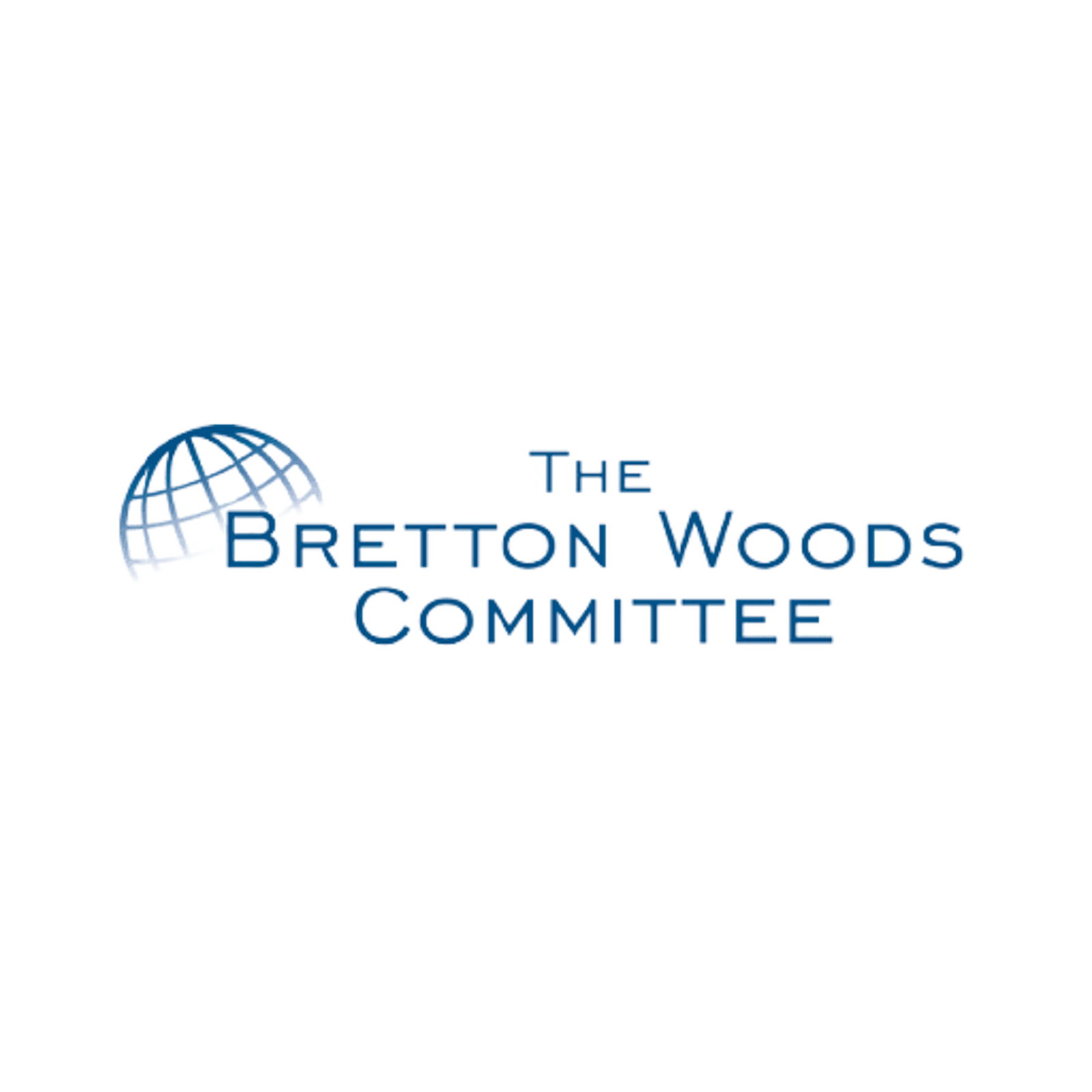Afghanistan was a signature security as well as economic failure as the historical retrospectives pile in 6 months after the Taliban’s return to power, with the banking sector’s quick seize-up becoming the culmination of a decade of incomplete international lender-backed cleanups. The U.S. freeze on $7 billion in foreign exchange reserves created an overarching bottleneck highlighting the accumulation of bad loans and fraud scandals over time despite donors throwing comparable billions at these issues. Afghanistan, despite the lack of progress in standing up a self-sustaining economy, was an exception in conflict countries when it comes to bilateral and multilateral aid priorities. The United Nations typically has the lead role, in coordinating complex emergency response, with humanitarian relief being the overriding imperative. The IMF, World Bank and other agencies tend to focus on general economic policy and specific social spending support, with the core financial system pillar as a linchpin of post-war viability is relegated to an afterthought.
When the financial sector base is in focus, small-scale micro-finance is the popular tool with the conventional banking industry, capital markets, credible central banks, and monetary policies in mind. This pattern has been repeated constantly in the headline fragile state crises of recent years beyond Afghanistan, including Libya, Yemen and Haiti. The UN understandably shies away from these topics without the expertise or mandate in its basic needs and peacekeeping functions. The international financial institutions have delayed more sophisticated analysis and technical assistance until later development stages, but in light of the glaring lapses in these locations, they should offer guidance and grants at the outset to establish solid financial sector foundations.
The deposed Ghani government in Kabul had run down currency reserves regularly flown in from the U.S. before the pullout, and the Afghani depreciated to 80/$. It has since breached 100/$, and loans were half dollarized, rendering them un-payable as depositors are now unable to access their accounts beyond a weekly several hundred dollar limit. Government workers have not received salaries since the 75% aid lifeline to the budget was severed, and local banknotes are also scarce as the German printer with the previous contract has no replacement. The Taliban administration has no money on hand to cover the $90 million electricity bill from neighboring Tajikistan, nor large scale borrowing means other than turning to informal hawala networks. Both the main state banks and nascent private banks are presumed technically insolvent. It is not the first time the system faced collapse, as a major institution insider scandal previously required multilateral lender rescue.
Libya during the Qaddafi era had a single central bank, startup stock exchange to woo Western investors, and the continent’s biggest sovereign wealth fund with $70 billion in assets. Over the decade-long civil war, the monetary authority split along east-west lines, the securities market was abandoned, and the UN froze SWF holdings so combatants could not grab them. In the past year, with a cease-fire in effect, an interim government, and an election timetable in place, the dual central banks agreed on a currency depreciation at 4/$. In theory, they agreed to unify branches and operations, but they are on their own without outside technical or policy advice. Officials failed to pass a budget and have pressed the UN to release billions of dollars from the sovereign pool, without a way to raise funds through banks already owed from past borrowing or bond markets.
Yemen is another case with dueling monetary bodies in the Houthi and recognized government-controlled areas, and the rupture extends to non-acceptance of the other side’s banknotes. With the rebel advance and already in charge of more territory, the exchange rate in Sanaa is at 600/$ compared to over 1,000/$ in Aden. The US is again considering a terrorist designation after missile attacks on the residual administration’s military ally the UAE. This move would isolate the financial system already on its back from years of destruction and neglect. Washington has already cited the main currency dealer and bank for money laundering, and at the same time a special envoy was dispatched to attempt diplomatic compromise. The new UN representative has signaled a shift to economic issues to find common ground, without the technical capacity in hand.
In these instances the international financial institutions must fill the breach from the earliest days of deployment while maintaining their broad economic monitoring and social welfare mandates. They can act with their own knowledge and resources and draw in private sector bankers and fund managers willing to contribute time and expertise. Conflict zone work should aim for financial sectors to eventually flourish in the fullest sense instead of inviting balance sheet alongside physical blowups.

